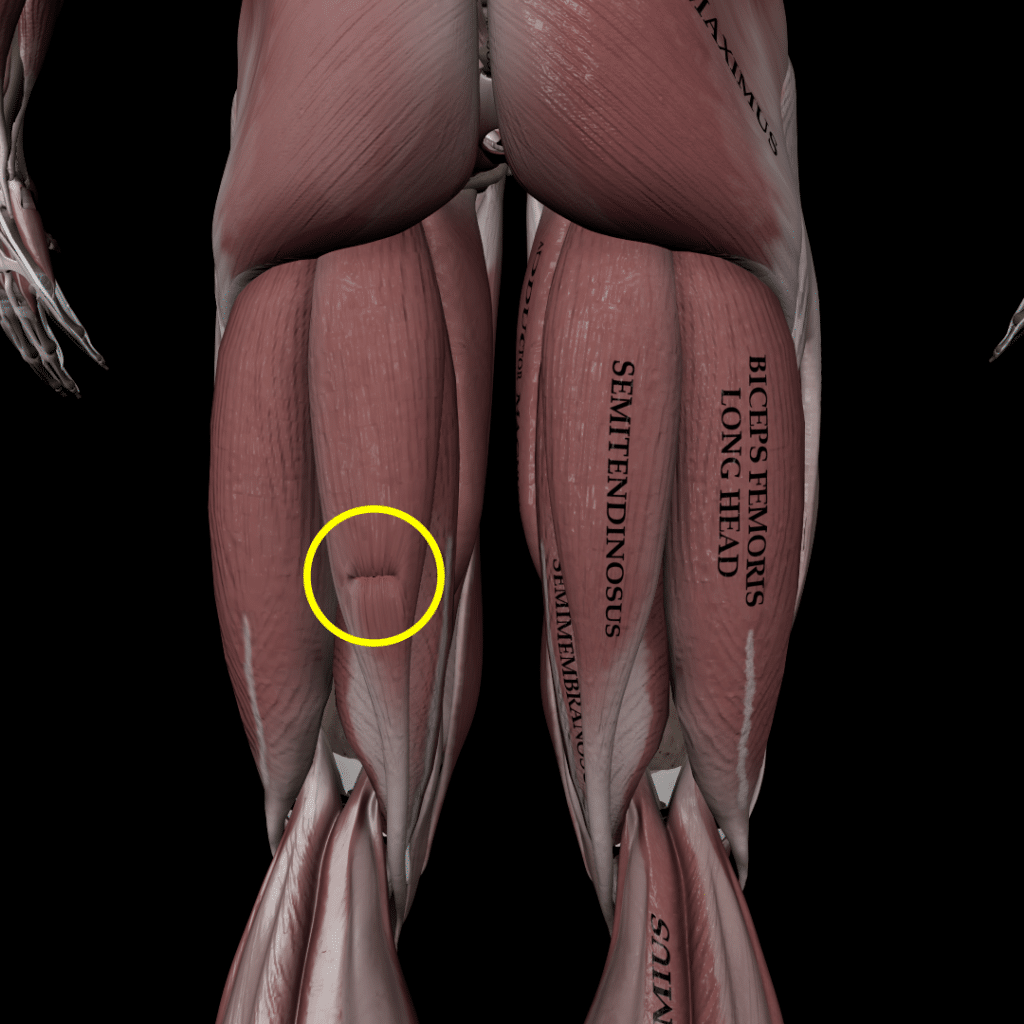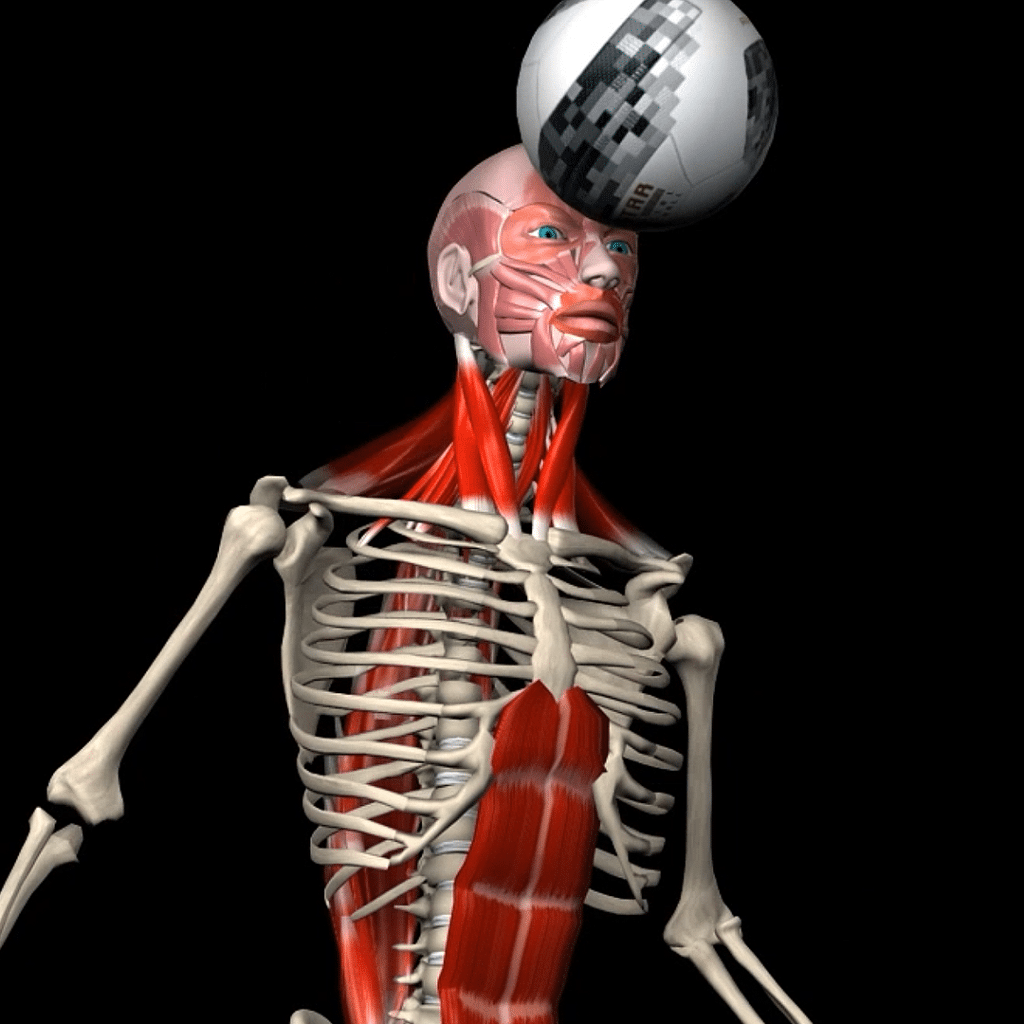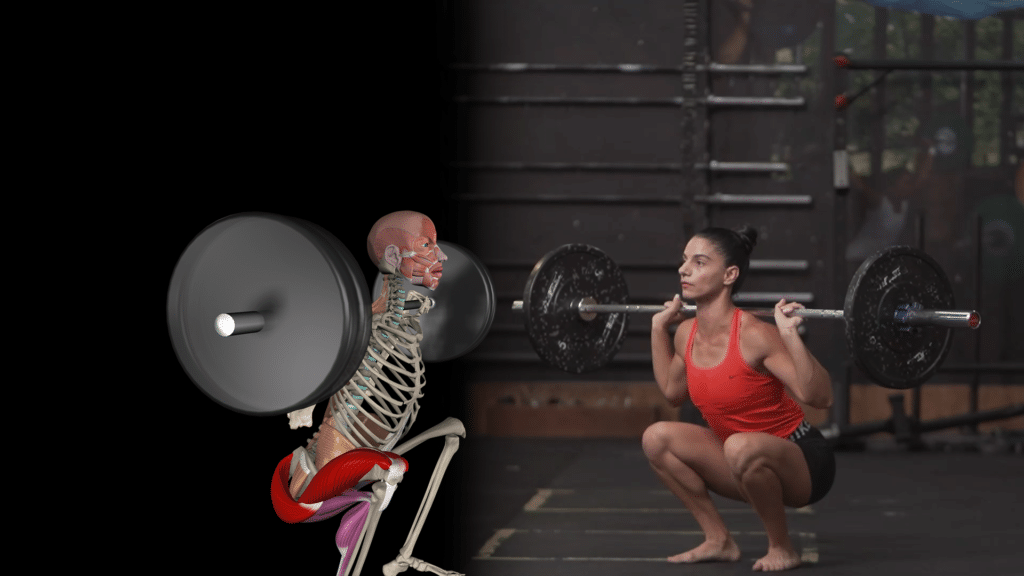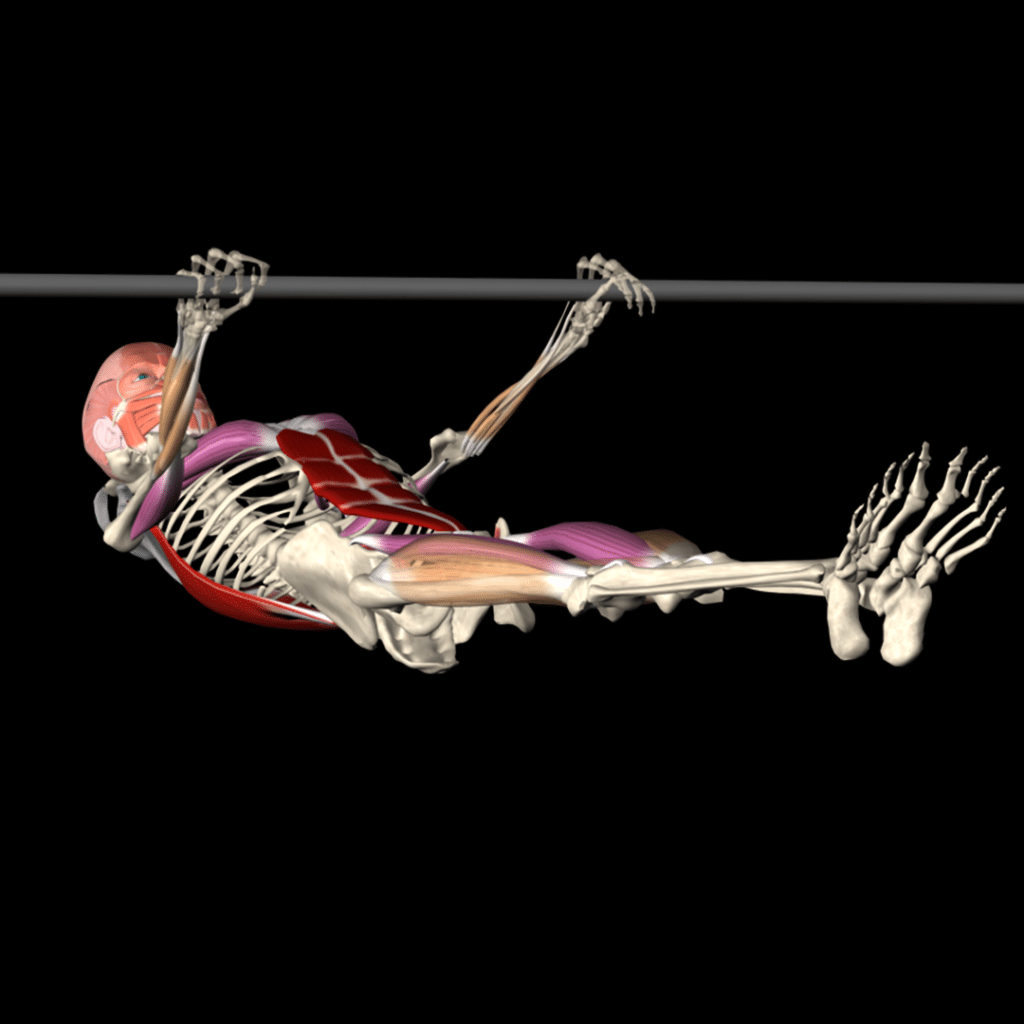For years, athletes, trainers, and researchers have discussed the benefits and potential drawbacks of warming up, particularly its effectiveness in preventing injuries. While some swear by the practice, others question its necessity.
This Muscle and Motion article explores the types of warming up, the theory behind its benefits, and its role in the larger equation of injury prevention.
Types of warming up
In considering whether warm-ups may prevent sports injuries, it’s essential to recognize that there are various types of warm-ups, and not all are equally effective. Here are the main types:
- General warm-up: Activities like walking, light jogging, or cycling increase your heart rate and body temperature and prepare your body for more intense physical activity.
- Dynamic warm-up: This warm-up involves dynamic stretches and movements that take your muscles and joints through a full range of motion, such as leg swings or arm circles.
- Static warm-up: This type of warm-up consists of holding stretches for a period of time, usually 15-30 seconds. Examples include standing hamstring stretch or quadriceps and ilio-psoas stretch.
- Specific warm-up: This version means performing exercises replicating the movements required for your sport or activity. For example, if you’re a powerlifter preparing for heavy deadlifts, start with lighter sets of deadlifts or work on your Hip Hinge technique as a warm-up. This type of warm-up helps prepare the specific muscles and joints you’ll be using.
The theory behind the benefits of warming up
It’s important to explore the underlying theory behind warming up and injury prevention and the processes warming up initiates in the body that may indirectly influence the frequency and severity of injuries. Here are the key reasons why warming up might be beneficial:
- Increased blood flow: Warming up increases blood flow to the muscles by dilating the blood vessels. This enhanced circulation helps deliver more oxygen and nutrients to the muscle tissues, potentially improving their flexibility and reducing the likelihood of strains and sprains.
- Elevated muscle temperature: A proper warm-up raises the temperature of the muscles. Warmer muscles have greater elasticity, which might decrease the risk of muscle tears and injuries.
- Improved range of motion: Dynamic stretching during a warm-up helps to increase the range of motion in the joints. This type of stretching involves moving parts of your body and gradually increasing reach, speed of movement, or both. Improved joint flexibility makes movements more fluid and potentially less prone to injury by reducing stiffness and preparing the muscles and joints for the demands of physical activity.
- Enhanced muscle coordination: Warming up activates the nervous system, enhancing communication between the brain and muscles. This activation improves muscle coordination, balance, and reaction times. Better muscle coordination might mean the body can respond more effectively to the demands of exercise, reducing the likelihood of sudden injuries caused by uncoordinated movements or missteps.
Warming up: Part of a larger equation
Recognizing that warming up is just one factor in the complex injury prevention equation is crucial. While warming up may be beneficial, it is essential to understand the types of injuries it helps prevent. Warming up may help reduce the risk of acute injuries such as strains, sprains, and muscle tears. However, it is less effective against overuse injuries, which are more related to long-term load management. Additionally, injuries are rarely caused by a single factor and are influenced by multiple variables, including:
- Training load: The volume and intensity of training sessions must be managed carefully to avoid overtraining and overuse injuries. Balancing hard workouts with adequate rest is crucial.
- Recovery: Rest and recovery, including sufficient sleep and proper nutrition, are essential for muscle repair and overall health. Overlooking recovery can lead to fatigue and increased injury risk.
- Individual differences: Each athlete has unique biomechanics, fitness levels, and previous injury histories that can affect their injury risk. Personalized training programs that account for these differences are imperative.
- Inexperience: No amount of warming up can compensate for a lack of experience. Going to the gym without proper knowledge and trying to lift weights beyond your capability increases the risk of injury.
- Stress management: Both physical and emotional stress can contribute to injuries. It’s crucial to understand your body’s thresholds and avoid pushing yourself beyond what it can safely handle.
- Statistical reality: Part of sports participation is the inherent risk of injury. While we can reduce the risk, it is impossible to eliminate injuries entirely.
Consider a sprinter who experiences a hamstring strain. This type of injury often occurs when the muscle is suddenly and forcefully stretched during high-speed running. A proper warm-up could help by enhancing blood flow to the hamstrings, making them more pliable and ready for intense activity. Warmer muscles are more elastic and less likely to tear. Additionally, activating the nervous system through warming up can improve muscle coordination and timing, reducing the likelihood of sudden, uncoordinated movements that could lead to injury.

Optimizing warm-ups for different activities
When considering whether to include a warm-up in your routine, it’s essential to factor in the type of activity, its intensity, the time available, and whether warming up will be beneficial.
For example, a thorough warm-up is essential if you’re about to participate in a high-stress, high-load activity like a soccer match. The intense and dynamic nature of the game places significant stress on your muscles and joints, increasing the risk of injury. Therefore, a warm-up designed specifically for your activity can help prepare your body for these demands and reduce the likelihood of strains or sprains.

On the other hand, if you’re an average gym-goer focused on hypertrophy, a different approach might be more effective. Instead of dedicating time to a separate warm-up, consider performing the exercise you’re about to do at a lower intensity. For instance, if you plan to do squats, start with a few sets using lighter weights. This approach prepares the specific muscles you’ll be using, saves time, and avoids unnecessary fatigue from an extensive warm-up. It allows you to increase the weekly load on those muscles without wasting too much time.

If you’re engaging in calisthenics or a sport that requires working through a full range of motion, starting with a dynamic warm-up might be wise. This warm-up allows you to work through the entire range of motion without the significant load required by the exercise. For example, before performing advanced exercises like muscle-ups or front levers, you can do dynamic movements such as shoulder circles or torso twists. By incorporating these dynamic warm-ups, you can better prepare for intense exercises without experiencing fatigue or hindering your performance.

In summary, understanding the type of sport, its requirements, the intensity of the activity, and the trainee’s experience level can help you make better decisions about whether a warm-up routine will be beneficial. However, it’s important to note that warming up alone cannot address all the factors involved in injury prevention.
Warming up does not manage the overall volume and intensity of training, nor is it a substitute for adequate rest, sleep, and nutrition. It does not consider individual biomechanics, fitness levels, or previous injury histories. Additionally, warming up neither compensates for a lack of experience or poor technique nor mitigates the effects of excessive stress on the body.
Proper planning, personalized training, and education are essential components of a comprehensive approach to injury prevention. For more tips on avoiding injuries, check out the article How to Prevent Overuse Injuries: 9 Tips.
Have you ever wondered what makes our anatomical animations so accurate and engaging? Click here to learn about our Quality Commitment and the experts behind our content.
At Muscle and Motion, we believe that knowledge is power, and understanding the ‘why’ behind any exercise is essential for your long-term success.
Let the Strength Training App help you achieve your goals! Sign up for free.


